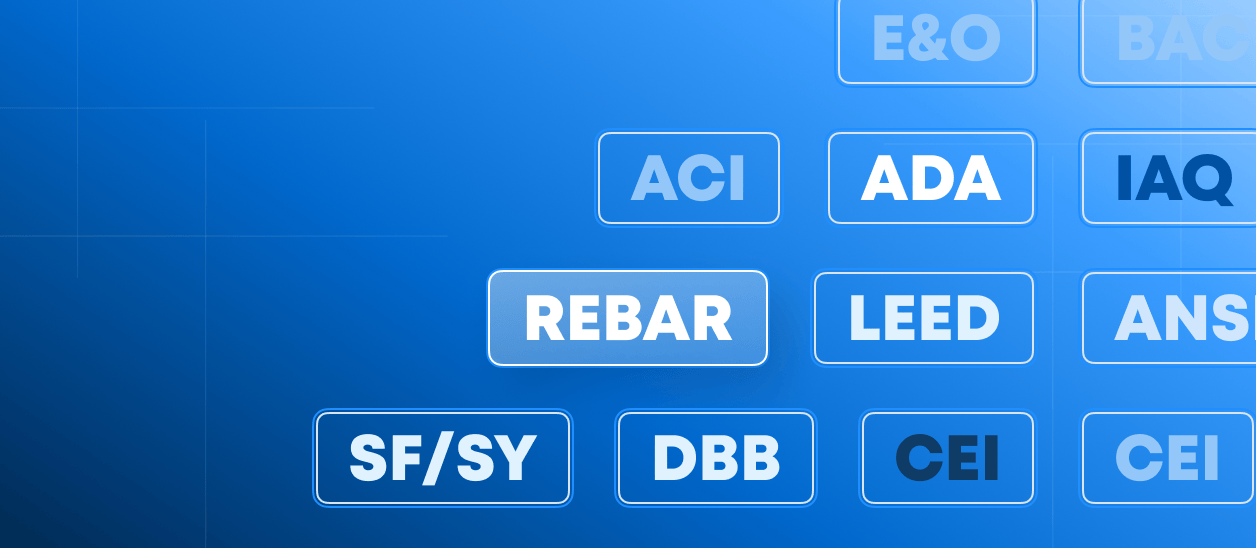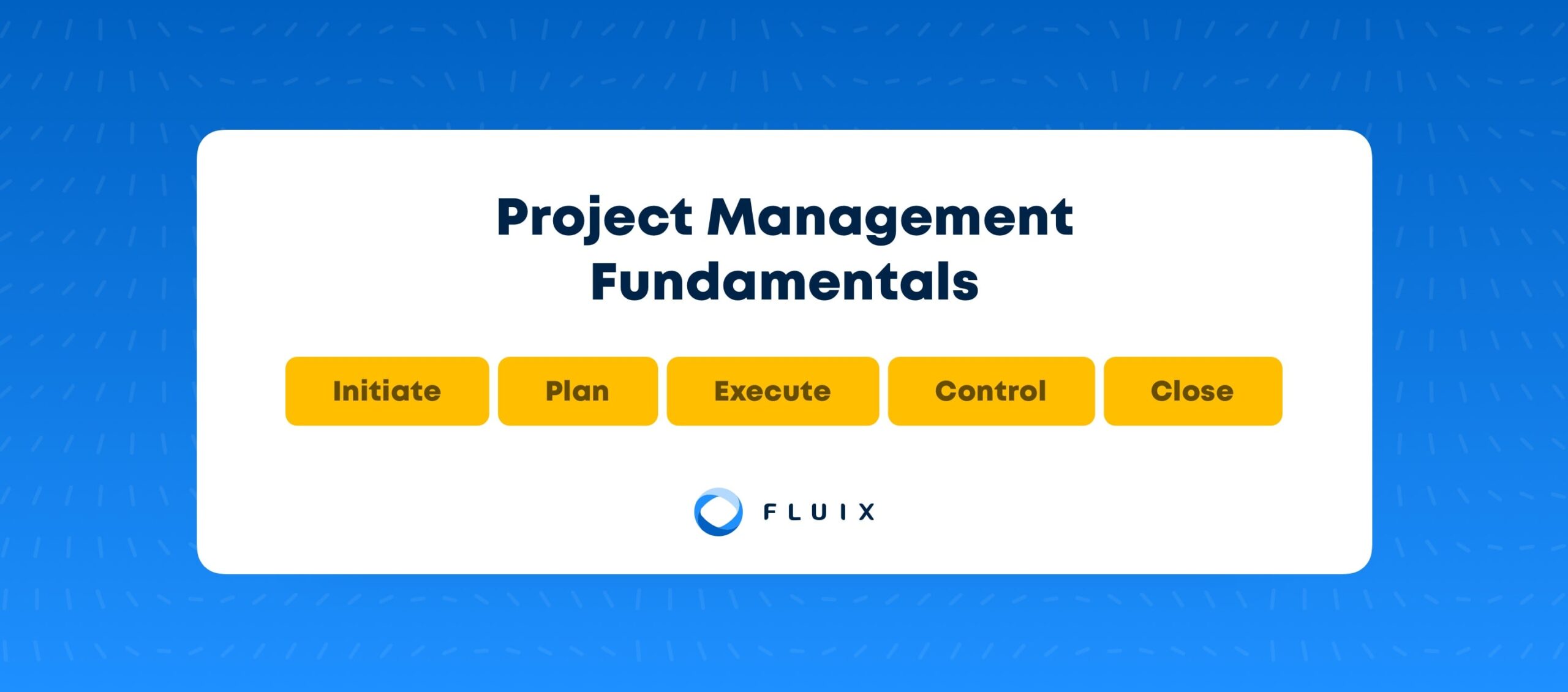The construction industry is on the brink of transformation in 2024, driven by a mix of factors, including new technologies, sustainability demands, and evolving workforce dynamics.
Understanding these shifts can provide your company, no matter the size, with a competitive edge. While industry giants might be at the forefront of innovation and compliance, grasping new construction trends can empower smaller businesses as well to scale and compete in the market.
To see why, ask yourself these questions:
- Are you currently using or planning to adopt any of the new technologies?
- Are your competitors already incorporating these technologies?
- If they are, and you’re not, how do you intend to keep pace with the industry landscape?
Knowing answers to them is important for your business future. So let’s see what you need to look for in 2024 in order to benefit from better operations, cost savings, and talent retention.
Contents:
Construction Methods
1. Modular & Prefabricated Construction
One of the recent architecture, engineering and construction (AEC) industry trends, modular and prefabricated construction, where a structure is constructed off-site and then delivered to the intended site, is seeing an increase in popularity.
Conditions at the offsite space allow for better and more consistent quality, and the building hours are shorter, saving labor costs and decreasing construction time by as much as 50%.
The benefits this method brings for construction are numerous but the main ones are:
- Enhanced quality control: Offsite conditions allow for rigorous quality control, resulting in consistently high-quality structures.
- Reduced construction time: Construction timelines can be shortened by up to 50% due to parallel on-site and off-site work, leading to cost savings.
- Minimized labor costs: The decreased need for on-site labor translates to reduced labor costs.
Additionally, modular construction significantly reduces waste by facilitating the recycling of leftover materials, contributing to sustainability and better construction budgeting.
Many businesses and even countries have been exploring the modular potential. For example, in 2023, Singapore unveiled a remarkable 50-story modular skyscraper, adopting this method in a combination with BIM and virtual design and construction.
2. 3-D Printing
3-D Printing is poised to disrupt traditional construction methods in 2024. This technology allows for the rapid production of building components on-site, reducing material waste and construction time.
The advantages are cost-effective construction due to reduced material waste, labor requirements and sustainability.
3-D printing supports green tech by minimizing waste and using eco-friendly materials, allowing at the same time for design flexibility (another feature 3-D printing is loved for).
And this is one of the illustrative usage examples.
In 2021, the Netherlands saw the completion of its first 3D-printed concrete house, part of the ‘Milestone Project,’ demonstrating the viability of 3D printing in construction.
The single-story house boasts 94 square meters of space and complies with strict construction regulations. It features a unique design inspired by a large rock and excels in energy efficiency. The Milestone Project aims to revolutionize construction by using 3D printing to create sustainable, customizable homes.
Automation and Robotics
3. Process Automation
Automation has been here for many years. It will remain a trend both in 2024, and in the years coming after. Self-driving vehicles, AI and machine learning, digital twins, robotics, IoT sensors, safety automation – the list goes on.
What is new, however, is the anxiety many people have started having, fearing that automation will displace jobs. While it obviously has the potential to change the nature of jobs and tasks performed, it’s unlikely to replace people due to its complementary role.
For example, workflow automation in the construction industry can assist in specific tasks like task assignments, document routing, notifications and alerts, reporting, etc.
But skilled human labor, creativity, adaptation to new environments and complex decision-making will often require a level of judgment and attention to detail that automation lacks.
Imagine this. You use software that automatically assigns engineering tasks after architectural plans are approved. But when unexpected soil conditions require a revised foundation plan, it’s the engineering team of people who use their expertise to design a safe, compliant solution. And this won’t change anytime soon.
4. Drone Technology
In 2024, drone technology, one of the stable AEC industry trends, is meant to transform construction practices by providing invaluable aerial insights, keeping in mind aec data security. Drones are about to be employed for various purposes, including:
- Site surveys: Drones conduct detailed site surveys, capturing high-resolution images and data that inform project planning.
- Progress monitoring: They enable real-time progress monitoring, allowing for timely adjustments and issue resolution.
- Safety on construction site: Drones are used for safety inspections, identifying potential hazards and ensuring compliance.
These capabilities enhance project planning, minimize risks, and ensure accurate documentation, ultimately leading to more successful construction projects.
5. Virtual Reality (VR) and Augmented Reality (AR)
VR and AR technologies are changing the way construction projects are visualized and executed in 2024. These technologies offer:
- Design reviews: Architects and clients can virtually “walk through” a building before construction begins, ensuring design alignment and addressing concerns proactively.
- Real-time visualization: Real-time project visualization aids in decision-making, allowing stakeholders to assess progress and make informed choices.
- On-site guidance: AR overlays provide on-site guidance, helping workers with complex tasks and reducing errors.
For example, engineers and contractors can wear AR glasses to review the 3D BIM design of the HVAC system. Multiple team members can simultaneously view and discuss the design in real time, even if they are not physically present at the site.
And during the installation phase, technicians can use AR glasses equipped with spatial tracking and mapping capabilities to locate the precise positions for equipment installation, minimizing errors and rework.
Read More Read More Key conferences to attend in 2024 to stay ahead of construction trends
Workforce Dynamic
6. Collaboration Technology
As one of the 2024 construction industry trends, collaboration is seeing a surge in popularity when it comes to coordination and communication between field teams and the office.
A majority of firms (51%) report they use file-sharing sites to collaborate with partners, while 36% report they use site management software. Still, according to a study by KPMG, 82% of owners feel they need more collaboration with their contractors.
One tool that can help companies manage these field-to-office miscommunication issues is a professional workflow automation platform.
By replacing manual paper-based documents with digital checklists and automated construction workflows, your teams are able to use collaboration technologies, control field documents and manage daily reports.
Aside from streamlined document sharing, workflow automation provides real-time updates, and all team members can access the most up-to-date versions of documents and tasks in real time. This eliminates the confusion when multiple people are working from different versions of a file. And improves the quality of your construction site data.
Imagine as a project manager you assign specific electrical tasks to team members using the workflow. These assignments are instantly visible to your team through the mobile app.
As the electrical work progresses – say a circuit is installed and tested – people update their task status in real time. If an unexpected issue happens, the person responsible documents it immediately using their mobile device. The issue is flagged for you to review and respond to this promptly.
And this is only one field task we talk about. Automation can help you improve collaboration with your partners and sub-contractors as well, synchronizing all the contracts and reports, and giving you one source of truth.
7. Increased Safety Measures
Construction Safety is a huge concern in the industry with 21% of workplace fatalities occurring in the construction field.
A relatively new face to trends in construction, better safety equipment, such as wearables and IoT devices, by measuring the users’ biometric conditions and environment. If someone falls, the devices can alert management to the user’s location.
One example is Cat Detect for Personnel from Caterpillar; it incorporates RFID tags into wearers’ personal protective equipment, such as safety vests or hard hats.
Drones are another buzz word these days. Using them for aerial inspections helps identify potential safety hazards, assess site conditions, and monitor construction progress. Drones can reach difficult-to-access areas, reducing the need for workers to be exposed to risks in construction.
The data collected with drones can be used in BIM (building information modeling) to create 3D models of the construction project. BIM allows for clash detection, helping identify potential conflicts in design that could lead to safety issues during construction.
Mobile apps will keep their importance for safety-critical industries as well. Equipping workers and supervisors with apps designed for safety management facilitates incident reporting, safety checklists filling, and provides easy access to safety manuals and procedures.
Read More Read More Top 5 health and safety trends for field service business
8. Persistent Labor Shortage
According to a 2019 survey conducted by Autodesk and the Associated General Contractors of America (AGC), 80% of respondents said they are having difficulty filling hourly craft positions.
The pandemic has exacerbated the industry’s persistent labor shortage. 44% of firms that tried to recall laid-off or furloughed workers said that some staff have refused to return to work, citing a preference for unemployment benefits, virus concerns, or family responsibilities.
The existing labor shortage in the construction field is expected to continue in 2024, which is why companies must invest in comprehensive training and development programs to equip workers with the skills needed for success.
Moreover, embracing innovative technologies is crucial to attract the tech-savvy millennials and Gen Z who tend to gravitate toward innovative fields.
For example, if instead of traditional paperwork you provide new hires with iPads and digital documents that can be completed and signed electronically that may resonate a lot with young professionals.
Construction industry technology trends, like exoskeletons and robotic machinery, can also improve working conditions by reducing physical strain and enhancing safety. Highlighting these innovations can make construction jobs more attractive to potential employees concerned about health and safety.
And of course I can’t overlook competitive wages which remain essential to keep workers productive and satisfied. You need to first recognize that tech-savvy professionals often command higher salaries, and second ensure that your compensation packages are competitive, and reflect the value of digitization in the construction industry.
9. Design-Build
Design-build – where a single firm takes on the responsibilities of architects, contractors, and construction workers – is seeing a dramatic increase in popularity.
The single point of responsibility allows for smoother communication, more organized feedback, more organic teamwork, and faster product delivery. Industry buy-in has been unequivocal with 47 out of the 50 states now using design-build for their public construction projects.
Sustainability
10. Green Construction
In 2024, sustainability remains at the forefront of construction practices, with a growing emphasis on reducing the industry’s carbon footprint. It is integrated into every phase of the construction process, from design to maintenance and eventual demolition.
As for its benefits, these three are the main ones:
- Construction cost control: Sustainable buildings often have reduced energy and water consumption, resulting in lower operating costs.
- Improved health: Indoor air quality and other green building features contribute to improved occupant health and well-being.
- Higher occupancy rates: Sustainable buildings are often in high demand, leading to higher occupancy rates.
And if you think these are just green talks, far from practical implementation, take a look at cross-laminated timber (CLT), a sustainable building material that has gained huge popularity for its eco-friendly properties and ability to reduce carbon emissions during construction.
11. Energy Efficiency
Green energy continues to be a major focus in 2024. First, governments and regulatory bodies keep on introducing environmental policies, and to comply is to adopt energy-efficient practices.
Second, lower energy consumption reduces utility bills for building owners and tenants, meaning businesses that can offer this are more attractive for clients.
Third, many companies are adopting corporate social responsibility, and commitment to energy efficiency is its key element.
And, most importantly, the modern tech market can offer innovations that make energy-efficient construction a cost-effective reality.
- Smart building systems: Utilizing IoT and AI to optimize energy usage and reduce waste.
- Renewable energy integration: Incorporating solar panels, wind turbines, and other renewable energy sources into building designs.
- Energy-efficient materials: Using advanced insulation, windows, and other materials to reduce energy consumption and enhance sustainability.
Embracing energy efficiency isn’t going to happen overnight. It’s like running many short races one after the other and will require ongoing commitment. But a greener future for the construction industry is closer than we may think.
Last Word
As you see, the future of construction is both exciting and transformative, and those who embrace new construction business trends will be well-positioned for growth and success.
Fluix can help you with this, providing the best solutions for workflow automation, site data collection, and reporting. We will help you get started with first workflows (if you’re new to them), onboard your teams properly, and start making a difference for your business.




